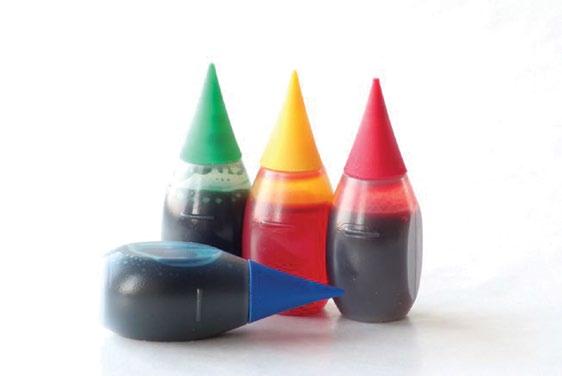
3 minute read
What’s New In Poison Ivy?
It’s still poisonous and it’s still ivy! But to answer the question, let’s look at the basics as we begin to enjoy the warm weather and all the amazing outdoor activities that our area affords us.
Poison ivy thrives in our neck of the woods, so to speak, and produces an oil called urushiol that causes a rash in most people who come in contact with it. The rash in and of itself is not contagious; this is because it’s the skin’s reaction to the oil, so it is the oil that spreads so easily from person to person.
Advertisement
Urushiol is tenacious! It’ll stick to almost anything: your shoes, clothes, camping gear, yard tools and equipment … even to your pets. It can transfer to and from your hands to your cell phone or any object you touch. The oil is in virtually every part of the plant—the leaves, stems, and roots. And learn to identify the plant during all seasons because while poison ivy dies down in the winter, it is not dormant so it can still cause a rash.
l k n e x p e r t
Doug Balog is the owner and compounding pharmacist at HealthSmart Pharmacy. Serving the Lake Norman community for more than 20 years, the pharmacy is located at 108 Leaning Oak Drive in Mooresville. For more information, visit www.healthsmartnc.com or call 704.658.1184.
Her e ar e a few spri gs of ad vic e r egardi ng tr eatment options:
Rinsing your skin with lukewarm, soapy water or rubbing alcohol within about an hour of touching poison ivy can help remove the oil, helping you avoid a rash — or at least make it less severe. You’ll also need to wash anything else that’s come into contact with the plant because, as noted, it sticks to everything!
If preventive measures are what you seek, you can get over-the-counter (OTC) creams that can delay urushiol from penetrating the skin. Consult your local pharmacist for barrier creams that are right for you.
Calamine lotion and other OTC cortisone creams can help ease some of the itchiness as well.
Once a rash develops, water can be a soothing aid to help ease itching and burning. Soak in a cool-water bath containing an oatmeal-based product which your pharmacist can also help you choose. Placing a cool, wet compress on the rash for 15 to 30 minutes several times a day should help with the discomfort.
OTC antihistamines such as loratadine (Claritin) and diphenhydramine (Benadryl) can help ease your itching and inflammation. Benadryl has the added benefit of making some people sleepy which could be helpful at bedtime. Don’t apply an antihistamine cream to your rash, though, as it can actually make the itching worse.


Add a few drops of food coloring to the bottom of your kids’ cereal bowls and cover it with dry cereal; when they pour milk in their bowls, it turns colors!
Knock-knock. Who’s there? A little old lady. A little old l dy who? All this time, I had no idea you could yodel.
For a harmless prank, put a rubber band around the kitchen sink sprayer! ;)


1april M ark T wain said, “ T he first of A pril is the day we remember what we are the other 364 days of the year.”
April FOOL S’ In Scotland, April Fools’ lasts two days. No one is quite sure how the tradition of April Fools’ Day began. ? ? ? In 1957, the BBC reported about “spaghetti crops” in Switzerland and many requested information on growing their own spaghetti trees, completely oblivious to the April Fools’ joke. 8 f un jokes, pranks, and just plain f oolishness!


















